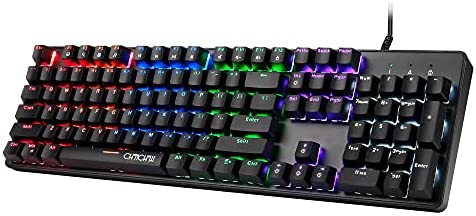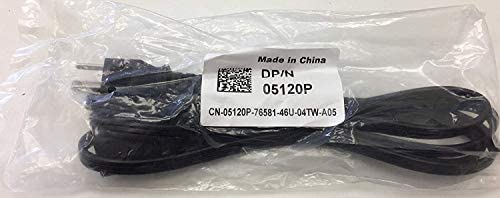Not since HD-DVD vs Blu-ray have we seen a standards war break out (apple chargers vs USB-C aside) with this much significance. Electric Vehicles need to be charged at both slow (AC) and fast (DC) charging rates, as such, each EV automaker, needs to include a charging solution.
In 2022, Electric Vehicles adoption is certainly taking off around the globe and it may seem like a strange time, but Tesla today has released their charging solution to the world as a charging standard others could use. Their chargers are definitely elegant in design, with much thinner cable than most and a really streamlined connector that is easily maneuvered into place.
While Tesla has the largest number of fast chargers (known as Superchargers) in the world, there are a number of other charging standards in use by 3rd party charging networks and some automakers.
Nissan for example, uses CHAdeMO, a standard that has the ability to do bi-directional charging, offering vehicle-to-grid technology as an option. Given Nissan was fairly early in the EV space with the Leaf, these connectors are found at a number of fast charger locations.
Given other brands use CCS, charging station manufacturers like ABB and Tritium, offer charging stations with dual connectors to support the maximum amount of EVs that may wish to charge at that location.
When Tesla first introduced the Model S to Australia, followed by the Model X, they had hundreds of Supercharger locations on the east coast of Australia that feature their exclusive proprietary connectors.
By the time the Model 3 arrived in 2019, Tesla raised the white flag and retrofitted their existing superchargers to have both Tesla connectors to support the legacy cars, along with the new CCS2 standard. 3rd party charging networks like Chargefox, Evie, Jolt, Ampol and BP are all support CCS2. This is easily now the standard in Australia and on Tesla’s latest V3 chargers, it’s exclusively CCS2, no Tesla connector at all. Tesla also offered Model S and Model X owners the ability to retrofit their cars to CCS2 to increase compatibility and many took them up on the offer.
Having an EV with CCS2 capability in Australia means you have the most charging locations available to you, so while the CCS2 connector is big, heavy, and clunky, there’s no doubt CCS2 has won the war here and in many other parts of the world, there’s no turning back from that.
The situation in America is quite different.
Many of America’s 3rd party charging networks use CCS1, which also separates the AC and DC connectors, which results in a far larger connector size.
Tesla’s design simplifies this and leverages the same electrical pins for both AC or DC charging.

In the post titled ‘Opening the North American Charging Standard’, Telsa announced their connector is actually capable of supporting charging speeds up to 1MW. That number is important as we look forward to larger vehicles like trucks and busses that will feature much larger batteries and require a much higher charge rate than even 350kW to charge in a reasonable time.
Tesla also confirmed their standard is also equipped to support bi-directional charging, which also targets the one good feature of the CHAdeMO standard. Being faster, smaller, lighter and technically superior as a charging standard would normally see a standard win and become adopted by the whole industry, but there’s just one problem.. it’s too late.
There’s no doubt Tesla has a crazy amount of Superchargers, more than 35,000 globally, and many of those in the US, they have also recharged more than 20 billion EV miles. They also have millions of electric vehicles on the road, but what they can’t overcome is the number of other automakers that have already shipped vehicles with a CCS1 connector. If we consider all other EVs combined, we are talking millions of EVs that would need to carry a dongle if America was to adopt the NACS charging connector, so that unfortunately is extremely unlikely to happen.
Back in 2017/2018 as Tesla was releasing the Model 3 and Model Y, that was the time to make the switch, as the charging landscape looked very different back then. Networks like Electrify America were still in their infancy and the number of non-Tesla EVs was measured in the thousands, not millions. Unfortunately this standard, despite being better, is too late to be ‘the’ standard for charging.

The US Government provides funding for charging infrastructure, but that funding is only available if you let other brands charge on your chargers, which is why we’re seeing Tesla open up their Supercharger network to other vehicles.
More information at Tesla.com and read the full NACS standard in PDF form here.


